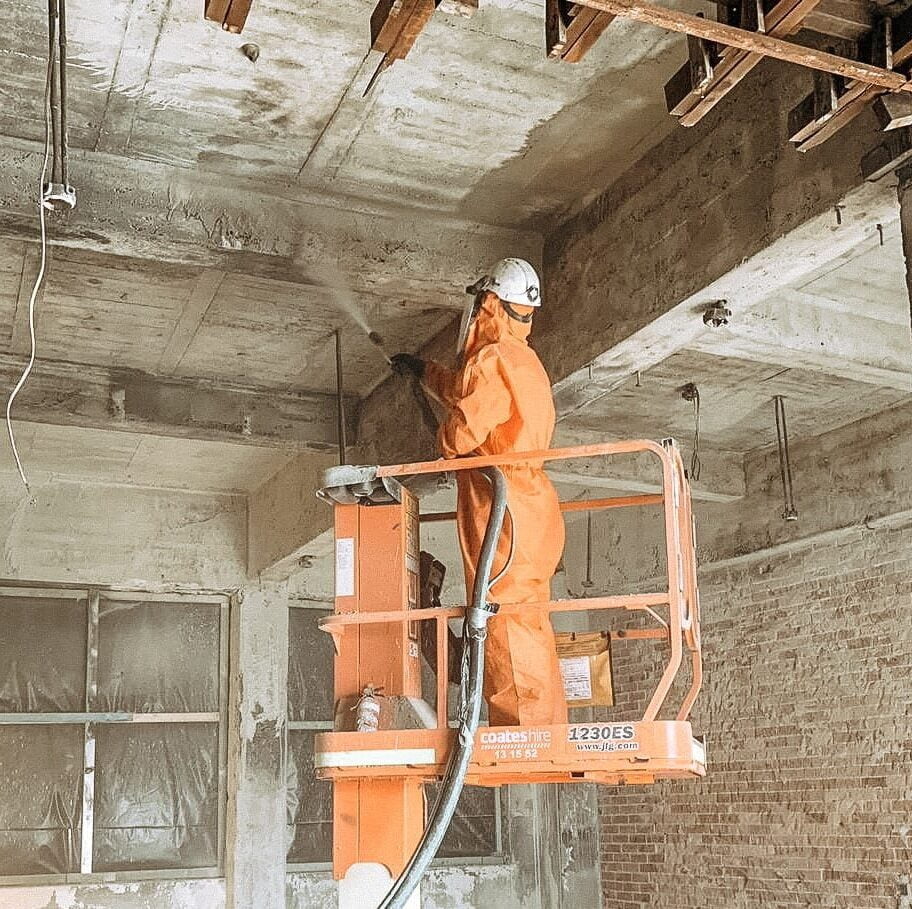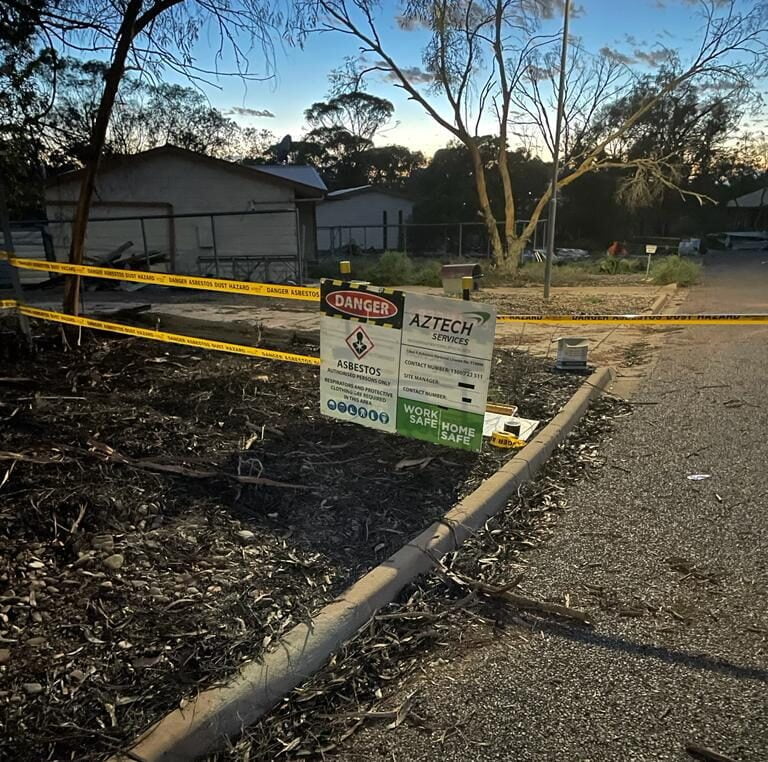Asbestos was once considered a natural ‘miracle fibre’, highly valued for its strength, flexibility, insulating properties, and affordability.
Over the years, it’s been used in over 3,000 applications worldwide. It was also widely in the manufacturing industry. In fact, Australia was one of the highest users per capita of asbestos materials, with approximately one-third of all homes built containing it.
However, after gradually being phased out from the 1980s due to the growing recognition of its potential health risks, including asbestosis, today it’s something we all know you don’t want to discover in your home or property.
Where is asbestos most commonly found?
Asbestos can be found in a wide range of places. Some of the most common spots where you might identify asbestos in your house or a residential property include:
- Roofing
- Guttering and downpipes
- Wall and ceiling sheeting throughout the house, but especially in wet areas such as bathrooms, laundries and kitchens
- Vinyl floor tiles and tile adhesives
- Sheet vinyl backing
- Fencing
- Fascias, gables and soffits
Is my home likely to have asbestos?
As a general rule of thumb, if your house was built:
- Before the mid-1980s – It’s highly likely to have been built with some asbestos-containing materials.
- Between the mid-1980s and 1990: It’s likely to have been built with some asbestos-containing materials.
- After 1990: It’s highly unlikely that it was built with any kind of asbestos-containing materials.

How do I know if a material contains asbestos?
The only way to know for certain if a material contains asbestos is to have it examined by a NATA accredited laboratory. See the National Association of Testing Authorities (NATA) website for a list of accredited laboratories.
Having a sample analysed generally costs around $40-$50. Contact a lab for specific advice on how to collect and send the sample.
Many labs can also undertake an asbestos survey or audit of your home. This helps you identify the asbestos materials in your home and provides guidance on the general condition of the materials.
Often the best option when you find asbestos in your home is to leave it in place. If it’s in good condition and you have no immediate plans to renovate the area, it usually poses minimal risk to you or your family.
However, if you are interested in getting asbestos removed from your home, it’s essential that you call in an expert to help.
If you’ve identified asbestos in your home, call our team of asbestos removal specialists today. We ensure all works are done safely, compliantly, and to budget, so you can return to your property with peace of mind.


